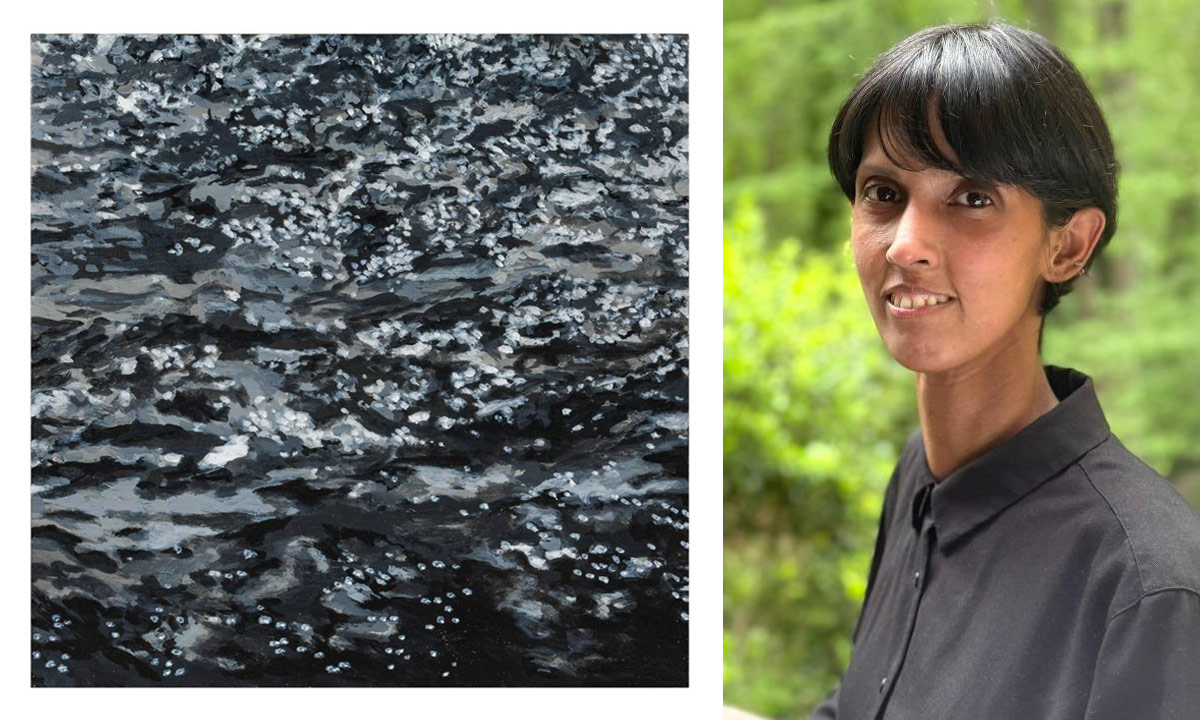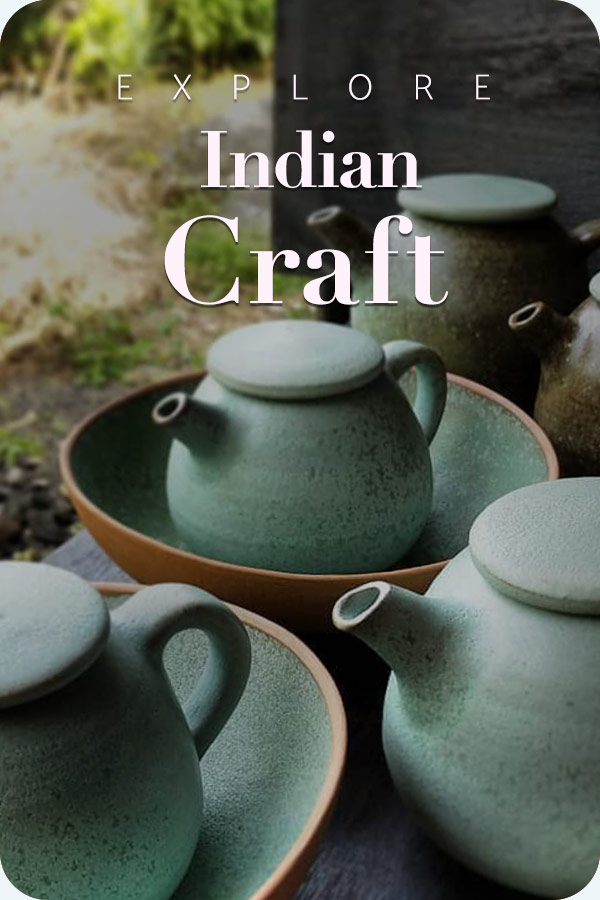
The solo exhibition of Ayesha Sultana, christened as Fragility and Resilience, is on view at the Jaipur Centre for Art (JCA) in Jaipur from 9 November 2025 to 4 January 2026. It essentially reflects the inherent duality of existence in the 21st century. The core thesis of this exhibition states that vulnerability is not the opposite of strength, but rather a vital component of resilience itself. This theme sits well in the timeframe of global social, ecological, and personal turbulence that eventually examines the boundaries of sustainability. Ayesha’s artistic practice is multi-disciplinary in nature, spanning drawing, painting, sculpture, and photography. She refers to her work as a ‘verb’, a practice in motion and an artwork in action. This flexible approach situates her amidst the legacy of noted South Asian abstractionists like Nasreen Mohamedi, yet her sensibilities are completely distinct and are specifically rooted in certain geographies she inhabits, ranging from Dhaka’s urban grids to the American South.
The Artworks
Ayesha’s acclaimed graphite relief works challenge perception. She coats paper surfaces with graphite powder and then cuts, folds, and reassembles them to mould them accordingly. This provides the artworks with an astonishing trompe l’oeil effect, resembling industrial sheets of metal or iron. The minimalist geometry present in her works is a testament to the fragile strength of paper and the repetitive human nature of mark-making. She reflects the fragility of well in her “Breath Count” series and the “Threshold” photographs. The former is basically work on clay-coated paper, and the latter is a juxtaposition of her father’s images with her own. The images bear physical scratches and are also solarized by her, which is highly reflective of her fragmented memory of a certain time-space.
The use of Japanese silk tissue in series like “Miasms” and “Inhabiting Our Bodies” offers another layer in perceiving the boundary of skin, connecting the human body to the vast ecosystem. The exhibition threads together different bodies of work in one plane. The argument posed by this presentation is that fragility is not simply weakness; it can itself be a form of resilience. Situated within JCA’s heritage building, the exhibition invites new audiences in India to engage with Sultana’s exploration of material, memory, and transformation.
Descriptive Narrative
Walking into the galleries of JCA, one shall notice the dualities that are set in motion by Ayesha. The opening section features glass sculptures that appear weightless and are made using unique procedures. Viewers find themselves fascinated to notice how the optical qualities of glass, such as transparency, reflection, and refraction, become metaphors for being seen, being vulnerable, and being open to change.
The tissue works are faint, shimmering, and fragile. This section invites a closer look, as the layered, translucent material evokes skin, membrane, sea surface. The layering of ink, pigment, and tissue creates subtle colour fields that shift depending on light and the viewer’s position. Finally, the photographic section arrives, representing the threshold of memory where presence and absence coexist. These works shed light on personal narrative regarding material investigation, inviting critical attention to lineage, migration, and change. Sultana’s Bangladeshi origins and her base in Atlanta infuse her practice with movement across geographies.
Exhibition Details
| Important Points | Description |
|---|---|
| Exhibition Title | Fragility and Resilience |
| Artist | Ayesha Sultana |
| Venue | Jaipur Centre for Art (JCA), Jaipur |
| Dates | 9 November 2025 – 4 January 2026 |
| Timings | 11:00 AM – 7:00 PM (Closed on Mondays) |
| Exhibition Theme | The balance between vulnerability and strength, showing that fragility can be a form of resilience. |
| Artist Background | Born in Jashore, Bangladesh (1984), Ayesha Sultana works across drawing, painting, sculpture, and photography. |
| Key Works | Graphite reliefs on paper, glass sculptures, and “Breath Count” and “Threshold” series exploring time and memory. |
| Artistic Style | Abstract and minimalist, using repetition, layering, and delicate materials like silk tissue and graphite. |
Highlights
- The hand-blown glass sculptures (e.g., Pools 2024) are visually striking: delicate bubbles and forms that evoke water, air, skin, and shell.
- Works on Japanese silk tissue and clay-coated paper (e.g., Miasms, Inhabiting Our Bodies) offer tactile, transparent, layered surfaces suggestive of skin, sea, atmosphere.
- The “Breath Count” series translates an internal rhythm (breathing) into external marks, a poetic gesture that collapses the division between body and art-object.
- The “Threshold” photographic works explore generational memory, familial legacy, and the trace of identity through image manipulation and erasure.
- The framing of the exhibition within Jaipur’s heritage context gives it a layered resonance: global contemporary art meeting Indian patrimony, which deepens the dialogue around fragility and resilience in a cultural register.
Takeaway
The placement of this rigorously abstract and contemplative body of work within a city like Jaipur, a center celebrated for its vibrant, traditional, and maximalist aesthetic, is a brilliant curatorial choice. What might be dismissed as “soft” or “delicate” is here recast as tenacious, insistent, alive. For anyone interested in material practice, in the dialogues between body and matter, memory and form, Fragility and Resilience offers a rich, resonant experience. Overall, this exhibition solidifies Sultana’s place as one of the most intellectually compelling voices in contemporary South Asian art.







